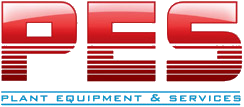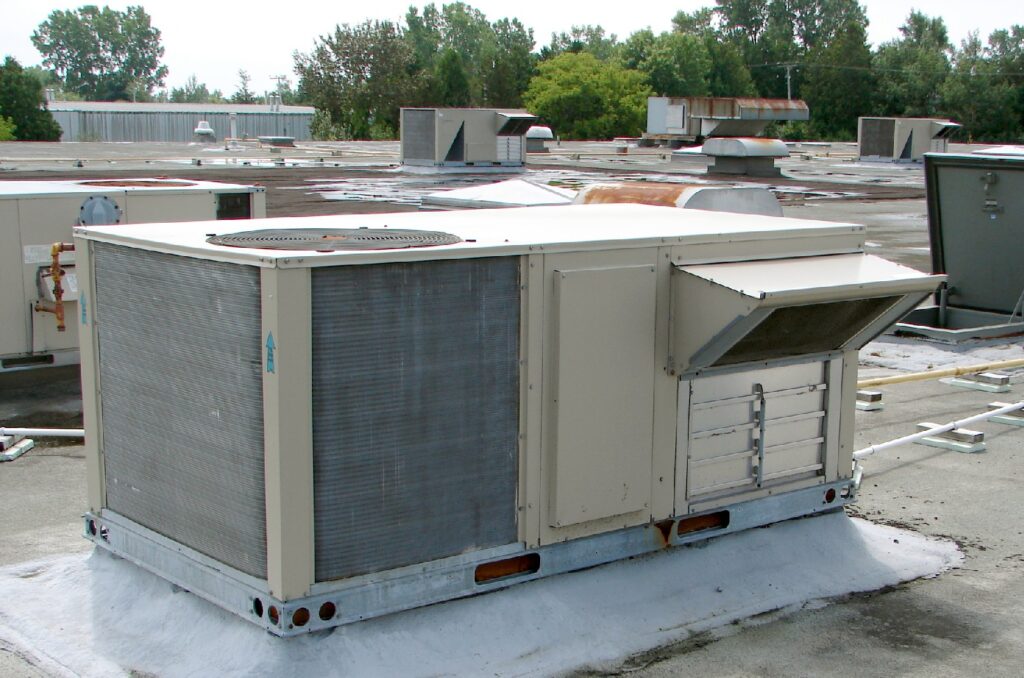When it comes to Air Handlers, they are often old and will start breaking down. Parts such as the bearings on the shaft or the shaft its self start to deteriorate and malfunction. Rather than hiring a maintenance professional to fix or replace these parts, you could save hundreds if not thousands by just using our solution epoxy: PES-101. With our product, you wont have to thin out your wallet to get your air handler fixed, when you can do it easily yourself.
What Is an Air Handler?
An Air Handler, or what is sometimes called an Air Handling Unit, is a device used to regulate and circulate air as part of a heating, ventilating, and air-condition system. This system is often called an HVAC system. Air Handlers usually look like large metal boxes containing devices such as a blower, heating or cooling elements, fiter racks or chambers, sound attenuators, and dampers. Air Handlers usually are connected to a ductwork system that is ran through the building that the Air Handler is distributing the conditioned air through.
Epoxy Application

Now that we have a proper understanding of what an Air Handling Unit is, I am going to touch down what key parts our epoxy works best on. One of the parts that is the cause of most problems such as high noise, the handler cutting off, or in more extreme problems it just stops working. To solve these issues get inside the rotary assembly a find your shaft rod and sheave. Take off the bearings to reveal the worn down shaft, good signs of a corroded shaft is red rust on the shaft itself, this is the area that is being worn down by the bearings and is also the cause of loud noises from your AHU. Strip off everything to reveal only the shaft itself. After this, pick up some of our PES-101 Epoxy solution and mix the dark grey paste with the light gray paste to create a mid grey looking paste. Apply this to the shaft generously to create a sort of shell. After application, wait two hours for the paste to cure and harden to a readily machinable state. After two hours, shape the epoxy down to fit flush with the shaft and cover the worn down area to remove uneven grooves and blemishes. After doing this, the shaft will work good as new and will have no corroded parts where the bearings will wear down and cause loud noises. Replace your bearings if necessary, otherwise they should still fit flush with the newly machined shaft rod, and also should be ready for use.
Epoxy Uses and Details
Our Epoxy is solvent free, and readily machinable after two ours of wait. This Epoxy is created for wide use on most metallic surfaces, and can withstand chemical corrosion and pressures of 10,000 Psi. So if you ever plan on doing machine maintenance on things such as corroded pump shafts, crack pipe or valve casings, scored hydraulic rams, worn bearing houses, damaged flanges, leaking tank seams, or even cracked engine blocks. Our PES-Solution epoxy is the product for you.


If I had to give a prime example of great quality content, this article would be one. It’s well-written material that keeps your interest well.